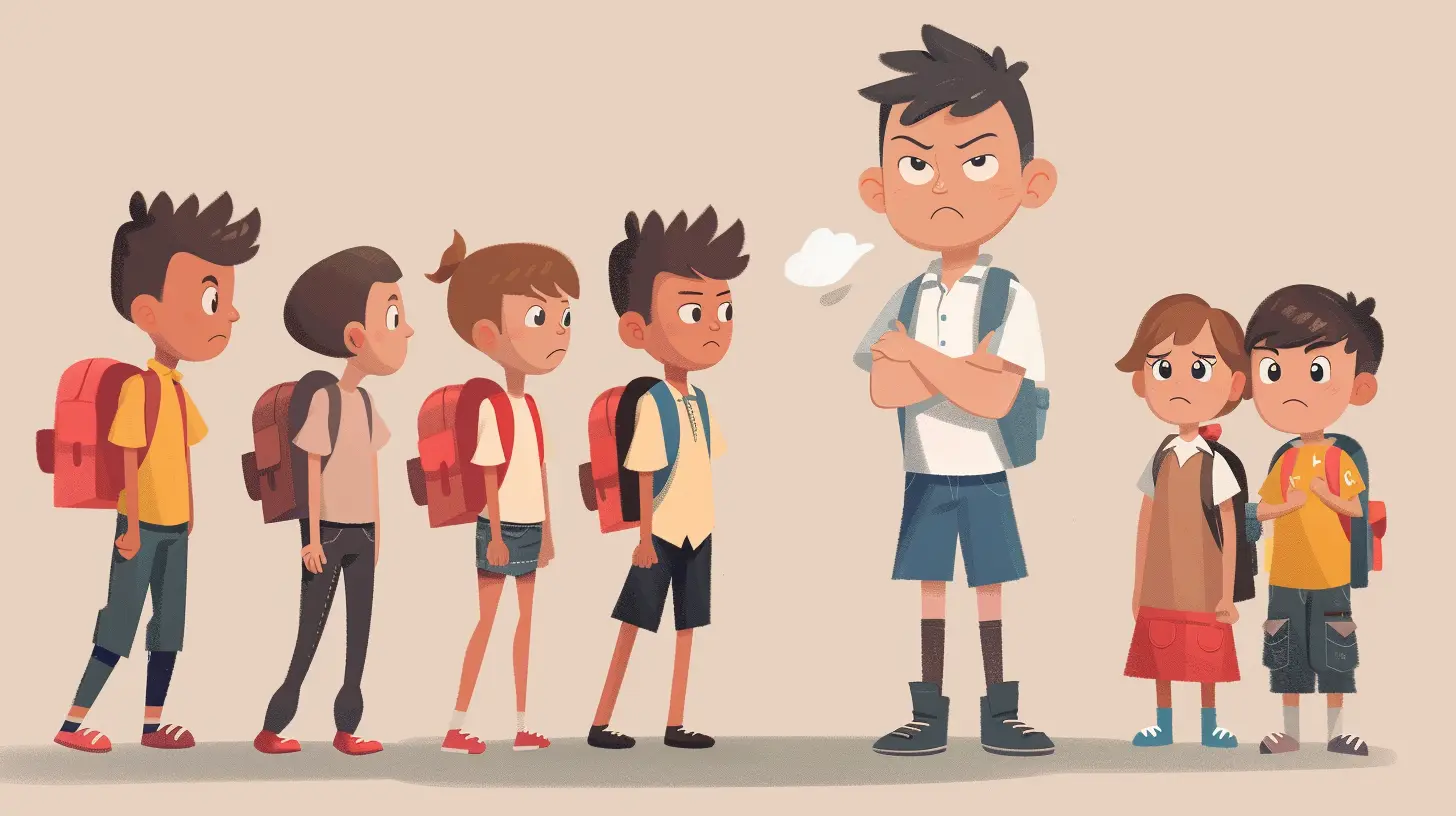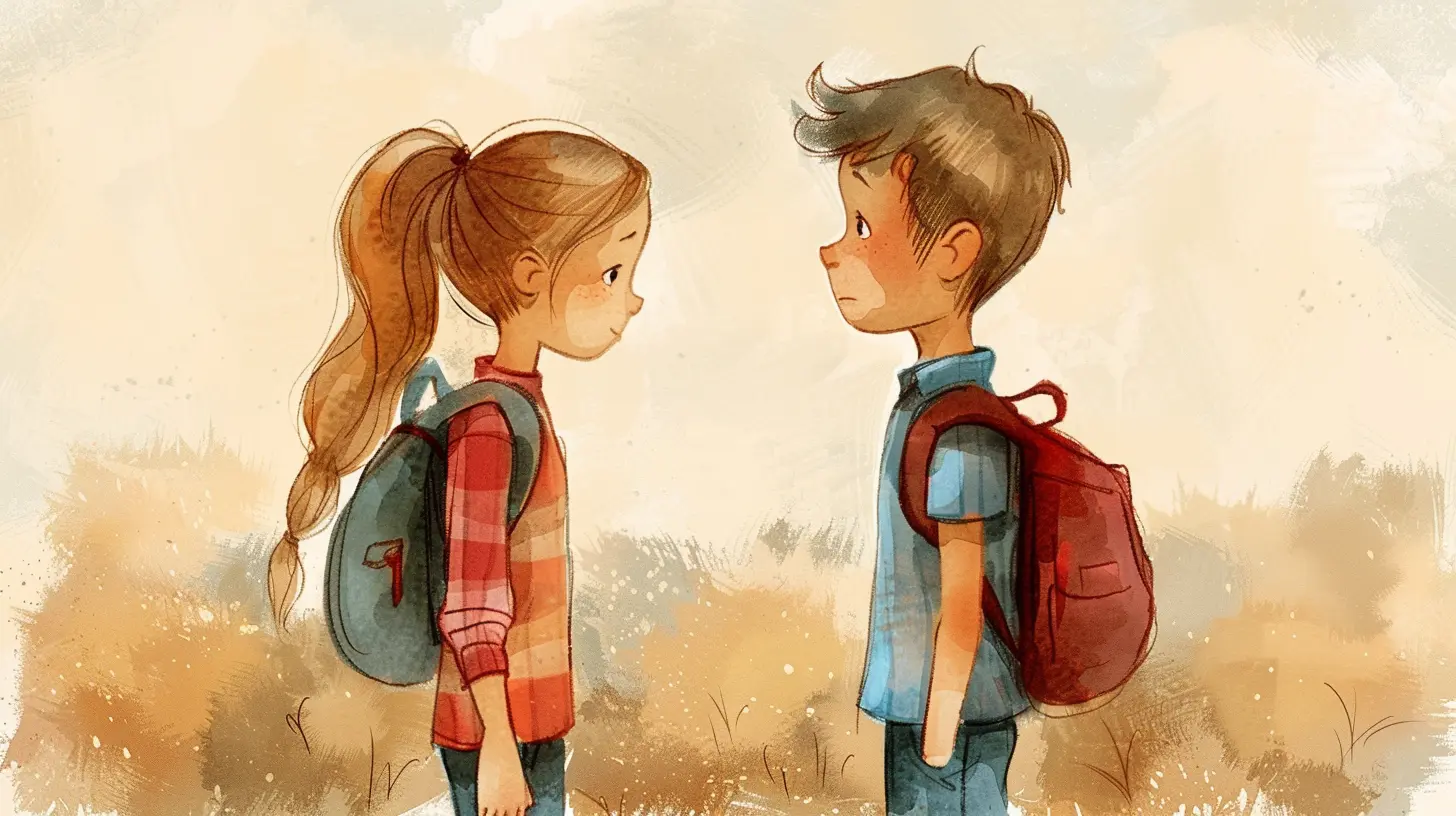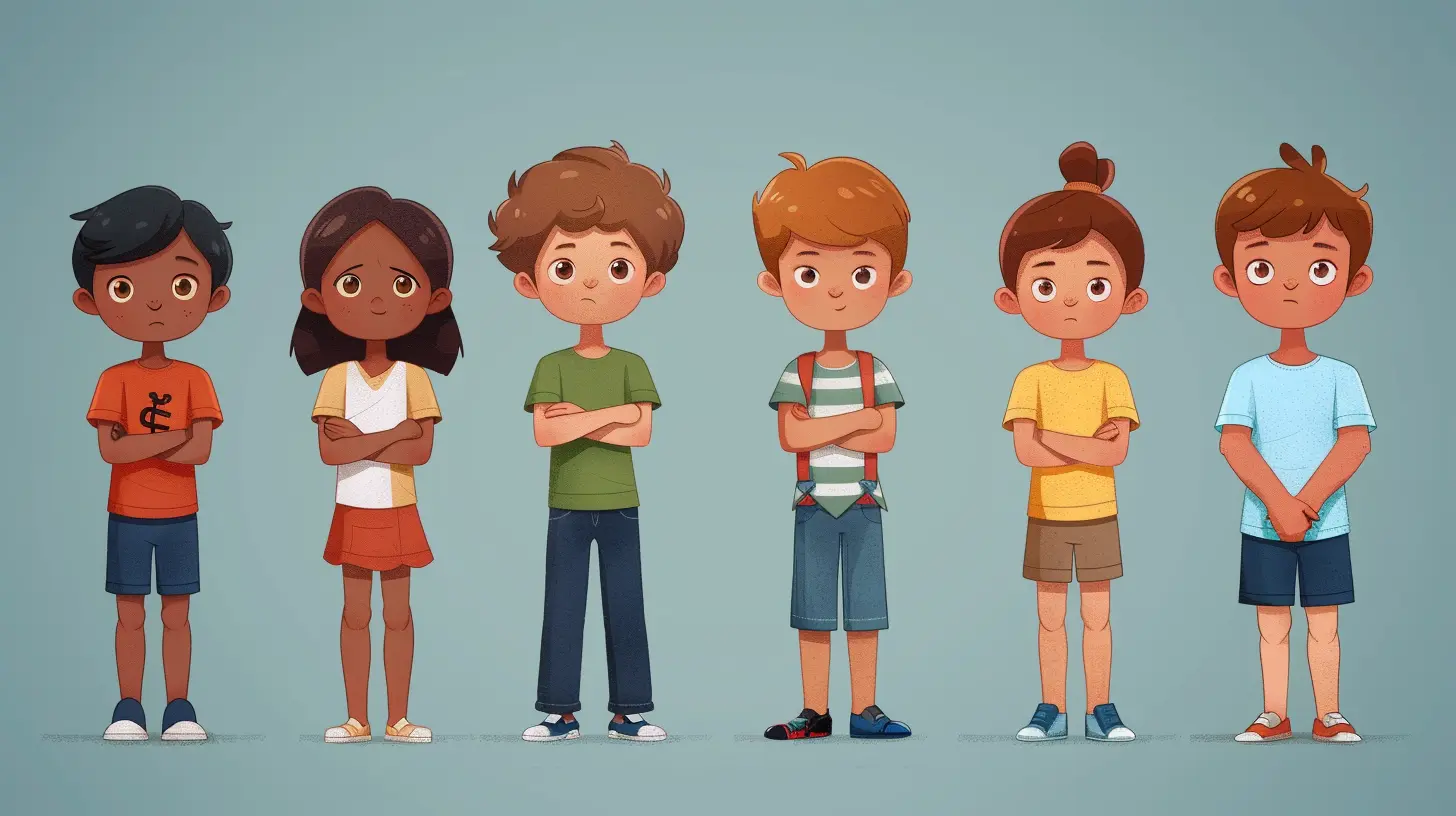How to Address Bullying in Diverse School Settings
10 November 2025
Bullying. Just hearing the word can make your stomach twist, right? Now add a layer of cultural, ethnic, or socio-economic diversity into the mix, and things can get a tad more complex. But here’s the good news: with the right approach, we can tackle bullying—even in the most diverse school settings—with empathy, strategy, and a sprinkle of good ol’ heart-to-heart connection.
Whether you’re a teacher, parent, student, or school staff, this guide's got your back. Let’s talk about ways to break down bullying without breaking spirits.
What Makes Diverse School Settings Special?
Let’s start by zooming out for a second. Diverse schools aren’t just classrooms with students from different backgrounds—they’re tiny worlds packed with unique stories, languages, values, and life experiences. From cultural celebrations to multilingual learners, diverse schools are dynamic, colorful, and full of potential.But with diversity also comes a learning curve. Misunderstandings, stereotypes, or just plain ignorance can sometimes lead to bullying.
So how do we address it without pointing fingers or creating more division?
Understanding the Roots of Bullying in Diverse Environments
Before we dive into the how-to’s, let’s talk about the why. What fuels bullying in a diverse school?1. Fear of the “Other”: When something feels unfamiliar—be it language, cultural practices, or even clothing—it can be met with fear or mockery.
2. Stereotyping: Kids might repeat things they’ve heard at home or online, without realizing the harm they cause.
3. Lack of Awareness: Some students simply don’t know how to interact respectfully with people different from themselves.
4. Peer Pressure: To fit in, some kids bully others who don’t "fit the mold."
Understanding where bullying comes from helps us respond with education, not just discipline.
Step 1: Create an Inclusive Environment from Day One
Imagine walking into a room that feels like it was made for you. That’s how every student should feel at school.Here’s how schools can make that happen:
a. Celebrate Differences Loud and Proud
Throw cultural days. Decorate hallways with student-created posters about different heritages. Bake cookies from around the world. When kids see their culture celebrated, they feel valued—not targeted.b. Reflect Diversity in the Curriculum
Swap out the same old reading list. Incorporate stories, history, and heroes from different backgrounds. Let kids see themselves in the lessons—and y'know what? They'll probably learn better, too.c. Language is Love
For multilingual students, language barriers can be isolating. Provide translation tools or bilingual support. Even a friendly “hello” in their native tongue can work wonders.
Step 2: Teach Empathy Like It’s Math
Empathy isn’t just good manners—it’s an essential life skill. And like math or reading, it can be taught.a. Use Role-Playing Games
Let kids step into someone else’s shoes. Literally. Have them act out scenarios from different perspectives. What’s it like being the new kid who doesn’t speak the language? How does it feel to be teased for your food?b. Storytelling Sessions
Everyone’s got a story—and kids love telling theirs. Create opportunities for students to share their background and experiences. You’d be surprised what a little storytelling can do to humanize one another.c. Kindness Challenges
Gamify kindness. Set up classroom challenges like “compliment five people today” or “sit with someone new at lunch.” Make it fun. Make it cool.Step 3: Establish a Clear Anti-Bullying Policy That Speaks to Everyone
Rules matter—but they must also make sense to everyone involved. That means:a. Writing Policies in Simple Language
No legal jargon, please. Kids and parents need to understand what counts as bullying, how to report it, and what the consequences are.b. Translating Policies
Make sure all families, regardless of language, can access and comprehend the school’s stance on bullying.c. Addressing Identity-Based Bullying
Don’t beat around the bush. Call out racism, homophobia, xenophobia, and other forms of hate. Kids need to know that this kind of behavior is absolutely not okay.Step 4: Train Staff to be First Responders, Not Bystanders
Teachers and school staff are often the first to see bullying unfold. They need the tools to act fast and wisely.a. Cultural Competency Training
More than a buzzword. This training helps educators understand the nuances of students’ cultural behaviors—like why some kids avoid direct eye contact or speak differently.b. Spotting the Subtle Signs
Not all bullying is in-your-face. Sometimes it's whispers, exclusion, or online jabs. Staff should know how to spot the quiet cries for help.c. Responding Without Bias
Let’s face it—everyone has unconscious biases. Training helps staff check these biases at the door and handle incidents fairly and effectively.Step 5: Empower Students to Be Upstanders
No hero capes required—just a bit of courage and some tools.a. Peer Mentorship Programs
Older students can be trained to mentor younger ones or new arrivals. It creates bonds and builds empathy on both sides.b. Anonymous Reporting Systems
Sometimes kids are scared to speak up. Having a way to report bullying anonymously can be a game-changer.c. Student-Led Campaigns
Let students lead anti-bullying initiatives. Posters, skits, school-wide pledges—whatever gets them fired up and involved.Step 6: Involve Parents & Communities
Schools can’t do it alone. Parents and communities need to be in the loop, too.a. Education Nights
Host events to educate families about bullying, especially in diverse environments. Include translators where needed.b. Regular Communication
Keep parents in the know about school culture, concerns, and victories. A simple email or newsletter goes a long way!c. Community Partnerships
Team up with local cultural centers, mental health professionals, and nonprofits to extend support beyond school walls.Step 7: Monitor, Reflect, and Improve
You wouldn’t plant a garden and never come back to water it, right? Same goes for anti-bullying efforts. You’ve got to keep checking in.a. Conduct Climate Surveys
Ask students, staff, and parents how safe and respected they feel. Use that data to shape future efforts.b. Track Incidents
Not to punish, but to see patterns. Which students are being targeted? What kind of bullying is happening most often?c. Stay Flexible
What worked last year might not work this year. Be open to change, and don’t be afraid to shake things up.What If You’re Being Bullied?
Hey, maybe you’re reading this because you’re going through it yourself. First of all—I'm so sorry. It’s not okay, and it’s not your fault.Here’s what you can do:
- Tell someone you trust—a teacher, parent, or school counselor.
- Write down what’s happening with dates, names, and details.
- Don’t fight fire with fire. Stay calm, and walk away if you can.
- Surround yourself with allies. Bullies lose power when you’re not alone.
Final Thoughts
Diverse classrooms are beautiful, chaotic, authentic, and rich with life. But they’re also delicate ecosystems. When bullying rears its head, it risks cutting down all that beautiful potential.But here's the thing—when we address bullying with kindness, clarity, and community, we’re not just stopping bad behavior. We’re teaching kids how to be good humans. And that, my friend, is way more valuable than any test score.
So whether you’re an educator crafting lesson plans, a student finding your voice, or a parent standing guard—keep at it. You’ve got the power to change the culture, one act of kindness at a time.
Let’s kick bullying to the curb together, shall we?
all images in this post were generated using AI tools
Category:
Bullying PreventionAuthor:

Anita Harmon
Discussion
rate this article
1 comments
Avianna Nelson
This article raises important questions! How can we tailor anti-bullying strategies to effectively support diverse cultural backgrounds? I'm eager to learn more about practical solutions!
November 14, 2025 at 11:34 AM

Anita Harmon
Thank you for your interest! Tailoring anti-bullying strategies for diverse cultural backgrounds involves engaging students, families, and community leaders to understand unique needs, promoting inclusivity in programs, and providing culturally relevant training for staff. I appreciate your eagerness to learn more!


